This week, we had a group discussion at Summerhall. Firstly, we discussed the individual projects of six students and shared our suggestions with each other.
After the discussion, to summarize, I think the common problem we all have is that we need to focus on how to establish the connection between the artworks and the themes. This is a shared problem that many students have. This can be achieved through the expression of the text, the design of the exhibition flow, etc. To establish the connection between the works and let the works express and respond to the themes. Besides, considering that we are emerging curators, everyone’s individual projects need to reduce expenses, including reducing the number of artworks and artists. We need to consider the feasibility of the projects more, so that the projects can truly be planned and implemented.
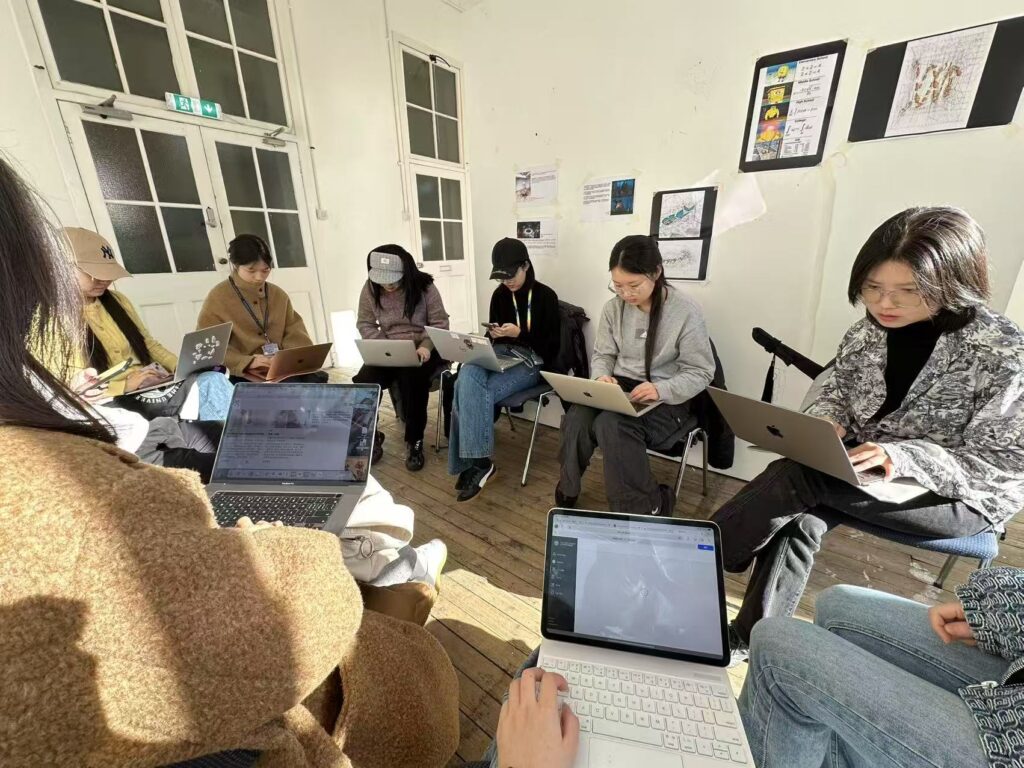
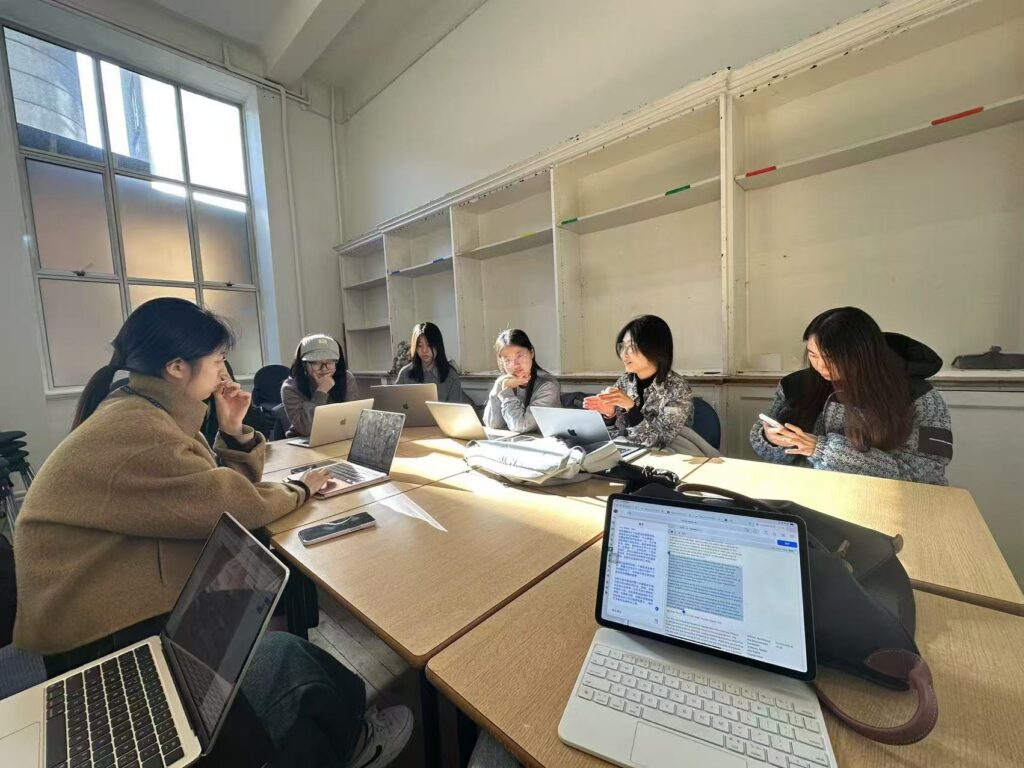
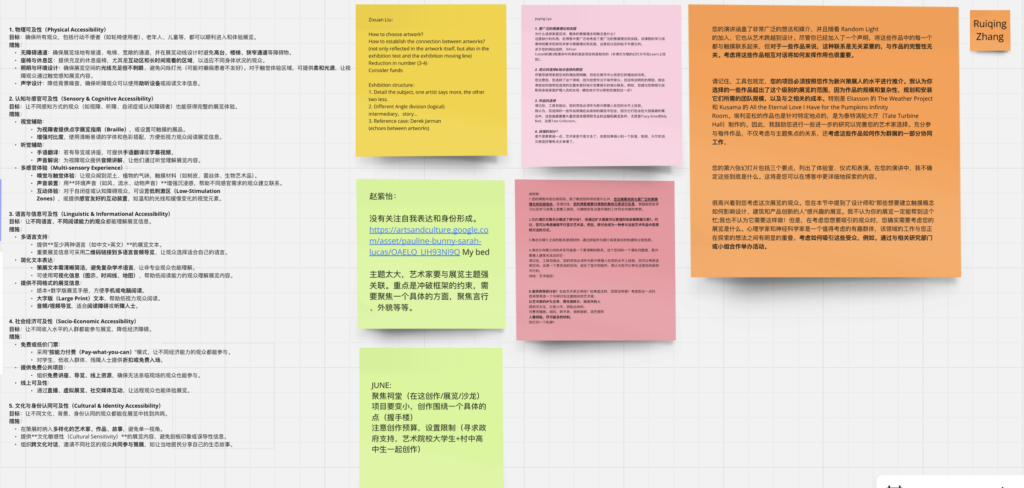
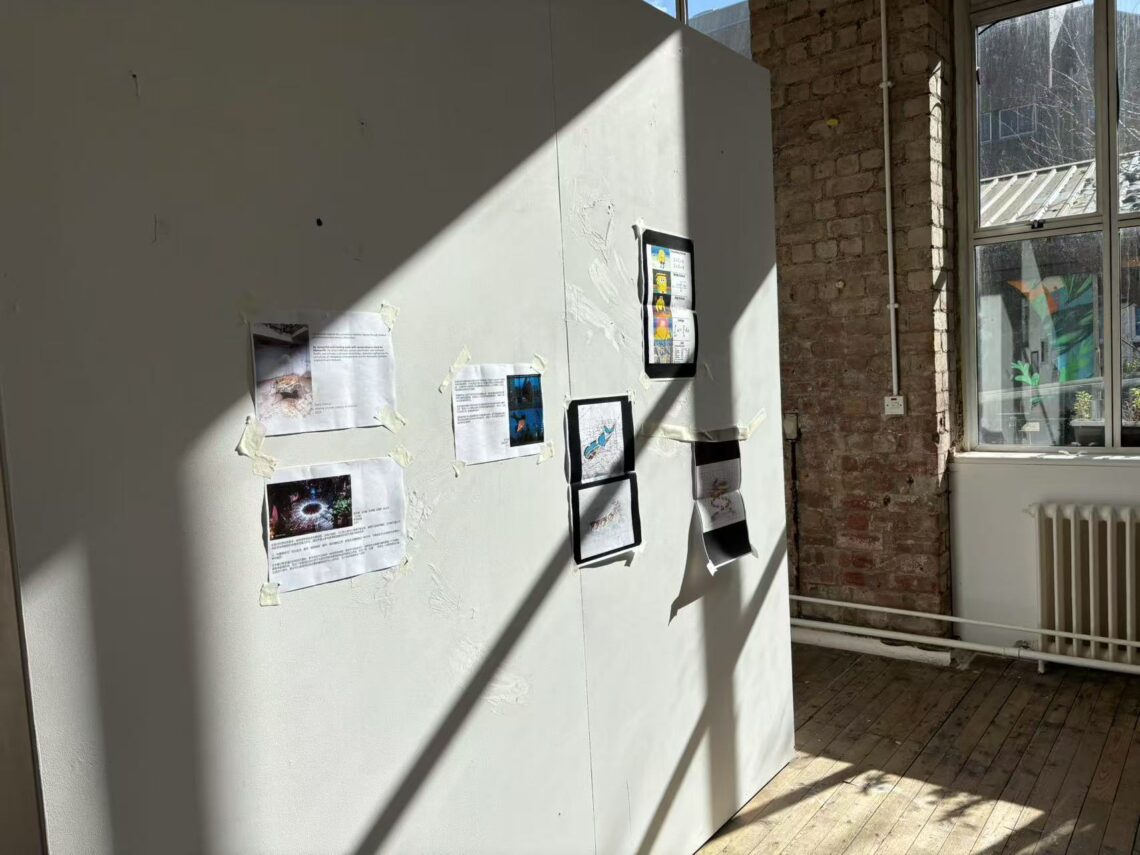

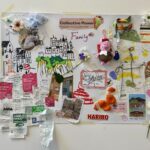
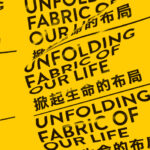

Ziyi Zhao
23 March 2025 — 23:16
Ying Duan’s blog is well-structured and includes both COLLECTIVE and SICP, gives relevant case studies and theoretical concepts, and examines the preservation of marginal intangible cultural heritage, based on the phenomenon of the crisis of traditional culture and using Chinese paper-cutting as an entry point.
Curatorial Concept and Spatial Strategy:
Your project is grounded in the idea that “the curator is a bridge, not the protagonist” and explores the potential of technology as a collaborator in revitalising intangible cultural heritage (ICH). The artist chen Fenwan whose creations you mention is a good demonstration of how to break out of the flat confines of traditional craftsmanship. Although you mentioned in week2 about combining sociology and anthropology to deepen the understanding of the social significance of NRM. However, their impact on curatorial methodologies (e.g. artist selection, spatial strategies, or audience participation) is not explicitly articulated. The connection between theoretical grounding and curatorial execution remains underdeveloped. In Week 7, technology is framed as an “enabler” of tradition, but it is unclear how this operates in practice—whether through media, interaction, or production methods. I suggest engaging with Laurajane Smith’s concept of Authorised Heritage Discourse (AHD) from Uses of Heritage, which could deepen your critique of institutional power in defining and marginalising cultural heritage.
Your spatial strategy aligns with the exploration of boundaries between art and life, as seen in Cottell’s Still Live and her use of “extended field” theory, which positions contemporary art within broader social contexts. Bourriaud’s concept of relational aesthetics further invites reflection on how exhibitions can become shared experiences. While your proposal gestures towards participatory curation, the mechanisms of participation remain unclear. What are your criteria for selecting artworks, and how do they contribute to this participatory aim?
Ying raises the question: How can this curatorial project engage with contemporary art? The project addresses the loss of intangible heritage—a pressing social issue in China. To strengthen this link, I suggest clarifying the artist and artwork selection, and exploring how traditional elements operate within contemporary contexts. This includes considering media forms, functional transformation, and whether shifts in context constitute artistic reinvention—encouraging a more multidimensional curatorial perspective.
Exhibition programme and details:
It’s great that your personal curatorial project utilises a lot of non-textual forms and that you have regular group activities! You’ve applied some curatorial concepts through your own independent research, but haven’t elaborated on how the theory is used in your practice. What are your criteria for selecting artefacts? In order to align with the SICP toolkit and course learning outcomes, you will need to continue to refine the clarity of your project. Specifically include:
1. artworks and artists – you will need to detail the art mediums you focus on and think about why.
2. the public – what groups are your curatorial project primarily aimed at?
3. accessibility – have you considered people from other cultures.
4. operation and funding – will the project receive government support?
About my curatorial project:
My curatorial practice incorporates participatory elements—for instance, Theme 4 proposes a co-produced memory wall to foster public dialogue. However, the feasibility of participatory engagement requires further reflection. Spatially, it is important to assess whether the zoned layout ensures a coherent narrative flow. Additionally, the thematic connection between selected artworks remains underdeveloped; more clarity is needed on how each work relates to the exhibition concept. The role and presentation of the artists also warrant further consideration.
Futher Reading:
1. Smith, Laurajane. Uses of Heritage. London ; Routledge, 2006.
2. Bourriaud, Nicolas. Relational Aesthetics. Dijon: Les Presses du réel, 2002.
3. Bishop, Claire. Artificial hells: Participatory art and the politics of spectatorship. Verso books, 2023.
4. Ferrer-Yulfo, Alix. “Intangible Cultural Heritage Museums: Further Considerations for a New Museum Definition.” ICOFOM Study Series, no. 48–2 (2020): 95–106. https://doi.org/10.4000/iss.2426.
5. Art Cases:九重天
http://www.chambersfineart.com/ch/zhan-lan/jiu-zhong-tian2?view=slider#4
6. Artist Cases: Bovey Lee
https://www.boveylee.com/